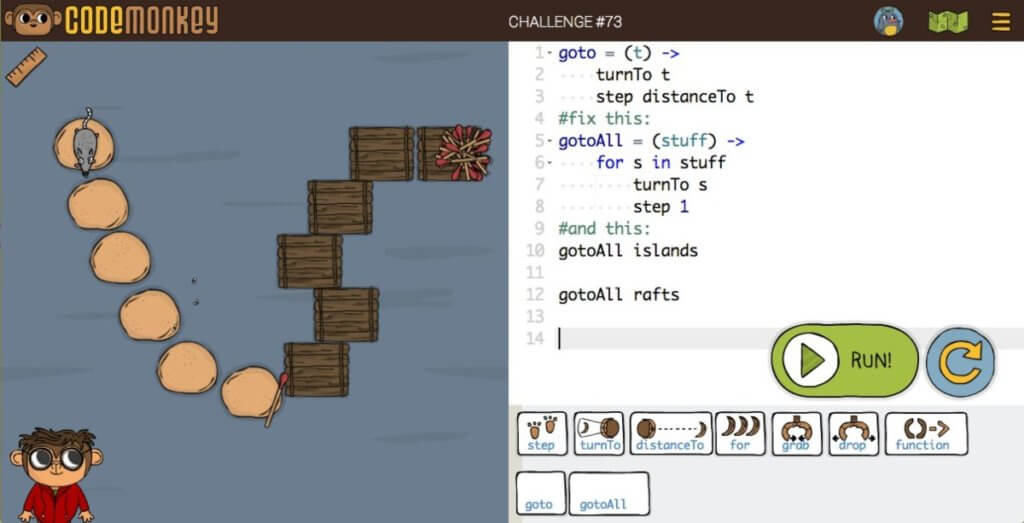4 . A Couple of Thoughts on People
Theory and Practice, Leadership, Communities and Inclusion

By Ivan Krnić
LET THE INMATES RUN THE ASYLUM
“In theory, theory and practice are the same. In practice, they are not.” – Albert Einstein.
We are all well familiar with a theoretical world. In this world, we understand each other and the vision of what we do is perfectly clear. Customers are waiting in line to buy our services all the while demonstrating more patience than my mother. All portfolio initiatives are perfectly aligned and come together like a perfect game of Tetris, leaving us just enough capacity to always handle the technical debt, investigate new technologies and improve the delivery process.
We know precisely what to do in a theoretical world. There is a textbook answer to every situation.
However, we are not living in a theoretical world but rather in a messy one. The one in which communication fails, projects overlap, people leave the company, new people join, delivery dates are balanced against quality, and technical debt creeps in.
– Does it mean that we are failing?
No, it means that we are living a real life.
– OK then, what can we do? How can we help our teams?
One thing leaders/coaches/managers do is step in with their best intentions to help. Knowing that some solutions worked for them in the past, they try to apply those solutions to their teams as well. In effect, they take over the control over the teams.
There are two problems with this approach:
- Leader starts something that they cannot finish because it simply does not scale for a leader to be part of all teams.
- Leader has just destroyed a number of Team Leaders/Scrum Masters calling them incapable to deal with the situation.
We did some of these mistakes – leaders jumping in and blindly applying their weapon-of-choice solution. And we learned the hard way that this is a sure way to put good people down and that there are no one-size-fits-all solutions.

The approach that proved better for us is highly individual for every team. Team Leaders/Scrum Masters keep the ownership of team improvements with leaders defining enabling constraints, providing the support and acting as coaches. No two conversations with Team Leaders are the same, just as no two teams have the same top-priority problem. Each team is starting at a different position and has its own way toward a better version of itself. The change in the team is led by the team itself. After all, they know the situation the best – they just need a vision and support.
This approach is certainly more demanding and time-consuming since it requires working with many teams in different stages with different needs. Nevertheless, it is the only one with a chance for success.
Treating the change initiative as a project and applying same solutions uniformly across all teams is a dangerous simplification that does more harm than it brings benefits. You will apply wrong solutions and numb your best people in the process.
Let the inmates run the asylum. They know better how it works!
INSTAGRAM AGILE AND EMPOWERED TEAMS
I got precious feedback recently that I should write more about real-life stories. That our whole industry had gone down the road of “Instagram Agile”, posting pretty pictures and photoshopped stories of success (like the header image :-).
Enkelejd, you were right, let’s throw away filters in 2021 and talk about real life and everyday situations and challenges.
Like, for example, my daughter Mia who is 14 and learning Python. PROTIP: get your kids a Code Monkey subscription! Starting from the basics, she was progressing tremendously through the lessons, solving over 100 challenges on the first day.
As the challenges became progressively complex, her velocity slowed down until she finally hit a brick wall when the concept of “classes” was introduced. She just could not understand it.

I tried to explain it as best as I could, but it just did not stick. Finally, she said that it’s too hard, she just doesn’t understand it and that she obviously is not cut for coding (WTF?!).
Over the next couple of days, she moved to other hobbies. She even made it 120 pages through the War and Peace(!), but Code Monkey she did not touch.
You never know where you will find a Growth- vs. Fixed-mindset battle. Sometimes you find it at home, like me. Sometimes you find it in school, like Sasha Rosenbaum – if there is one thing you’ll take away from this issue, show Sasha’s Mindset talk to your kids. I have.
Other times you find it at work. We have many young people at CROZ, coming fresh from the university, who are overwhelmed with all the new stuff that is necessary for real life but never taught at school.
What can we do to help them? We must remind them that they are capable. We must help them find a mentor and give them a chance in a controlled and low-risk environment. We must connect them to other people that are doing similar stuff and include them in relevant communities.
Although they will probably be silent in the beginning since they are new to the topic, they will listen to discussions, get familiar with the vocabulary, and meet more knowledgeable people. Very soon they will begin to connect the dots. It is what Nicole Forsgren calls “lurk & learn”.
The fact that some people are silent does not mean they are not learning. We must always keep our communities open and inclusive.
Keeping the community open and inclusive is not always easy. Some friendships and bonds are stronger than others. Most of us naturally default to familiar circles of trust. We are hesitant to open up to new faces.
If we are not super intentional about keeping the community open and inclusive, people will perceive it as a closed one.
To enter a closed community, people need to invest a lot of effort to fit in – “no results guaranteed”. Therefore, they will not even try. And you will end up with your community silo.
Although nobody at CROZ promotes closed communities, I also do not believe we are intentional and deliberate enough about opening them as well. This is something we need to work on more in the future because only when we get the inclusivity right, stories like this one from our Domagoj happen.
PS. And, as for Mia, do not worry – she is not giving up!
I am Ivan Krnić and these are my agile-thoughts
2021 © Zagreb, CROATIA by Ivan Krnić

Ivan Krnić is Director Of Engineering at CROZ. As a former developer and project manager, he has seen it all. He hasn’t invented electricity nor penicillin but nevertheless still hopes to dent the universe as an Agile coach, helping organizations to work smarter.
Hopeless sucker for startup ideas although all of them have failed so far. Enjoys windsurfing and trail running.
His secret superpowers include fixing dusty remote controls and assembling IKEA furniture.
USEFUL? Share it here!
